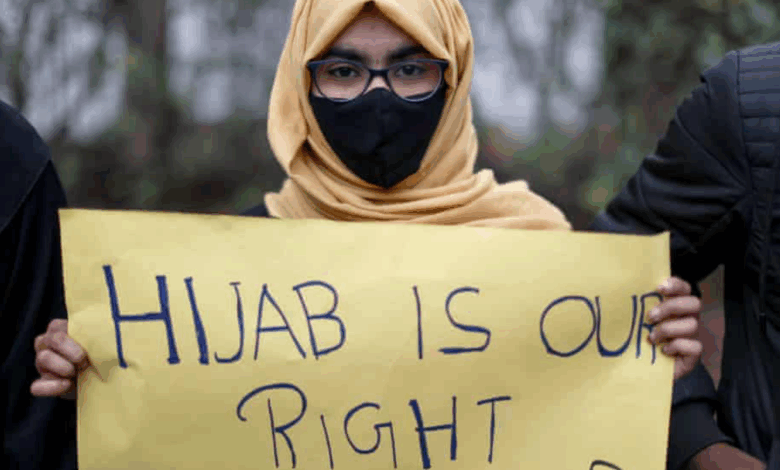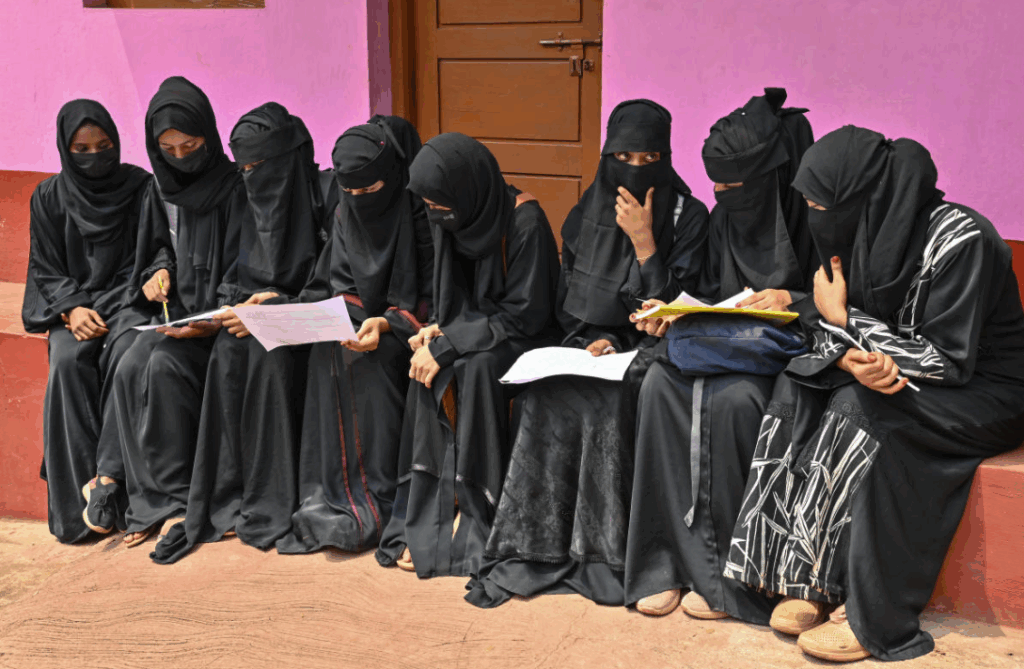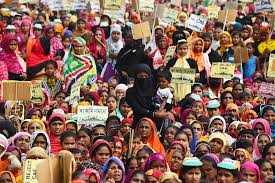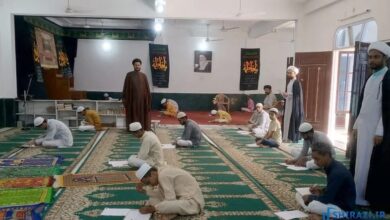Hijab in India Meets Constitutional Essential Religious Practice Criteria, Expert Analysis Finds

A recent analytical piece published by Muslim Mirror argues that the hijab worn by Muslim women in India meets all criteria of the Essential Religious Practice test under constitutional law.
More details in the following report:
A detailed analysis published by Muslim Mirror, authored by Arbab Haidar, argues that the hijab practiced by Muslim women in India fulfills the constitutional Essential Religious Practice (ERP) test. This legal doctrine, first established by India’s Supreme Court in 1954, protects religious practices deemed essential and integral by followers of a faith under Article 25 of the Constitution.
The article explains that the ERP test includes several criteria: the practice must be based on religious doctrine, demonstrate antiquity and continuity, be binding on followers, integral to the religion’s identity, recognized by religious authorities, not merely social or cultural, supported by scripture and history, and comply with constitutional limits.

Regarding religious doctrine, the analysis cites Qur’anic verses (Surah An-Nur 24:31 and Surah Al-Ahzab 33:59) and Hadiths that establish the hijab as a mandatory obligation for Muslim women, supported by consensus among classical Islamic scholars across all major Sunni schools. The practice’s antiquity and continuous observance from the time of Prophet Muhammad to modern times across diverse Islamic cultures further affirm its essential nature.
The binding nature of hijab is emphasized as compulsory, not optional, grounded in clear scriptural commands and Prophetic traditions. The hijab is also described as integral to Islamic identity, symbolizing modesty and submission to God, and serving as a visible marker of Muslim faith worldwide.
The article highlights overwhelming scholarly consensus and fatwas from prominent Islamic institutions affirming hijab’s religious obligation. It distinguishes hijab from cultural customs, pointing to its universal theological basis across Muslim societies.
Finally, the analysis notes that wearing the hijab does not threaten public order or morality, aligning with constitutional protections of religious freedom. It calls on India’s Supreme Court to recognize hijab as an Essential Religious Practice, safeguarding Muslim women’s rights to faith and education.
This comprehensive legal and theological review underscores the importance of respecting religious expression and preventing exclusion based on faith.





